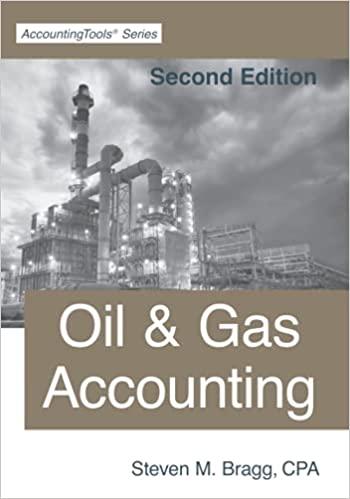


Calculate the following ratios and amounts for 20-1 and 20-2. Round all calculations to two decimal places. (a) Return on assets (Total assets on January 1, 20-1, were $170,841.) (b) Return on common stockholders' equity (Total common stockholders' equity on January 1, 20-1, was $108,706.) (c) Earnings per share of common stock (The average numbers of shares outstanding were 8,400 shares in 20-1 and 9,200 in 20-2.) (d) Book value per share of common stock (e) Quick ratio (f) Current ratio (g) Working capital (h) Receivables turnover and average collection period (Net receivables on January 1, 20-1, were $39,370.) (i) Merchandise inventory turnover and average number of days to sell inventory (Merchandise inventory on January 1, 20-1, was $48,141.) (j) Debt-to-equity ratio (k) Asset turnover (Assets on January 1, 20-1, were $170,841.) () Times interest earned ratio (m) Profit margin ratio (n) Assets-to-equity ratio (o) Price-earnings ratio (The market price of the common stock was $100.00 and $85.00 on December 31, 20-2 and 20-1, respectively.) a. Return on assets: 20-2 % 20-1 % b. Return on common stockholders' equity: 20-2 20-1 c. Earnings per share of common stock: 20-2 $ 20-1 d. Book value per share of common stock: $ 20-2 $ 20-1 e. Quick ratio: 20-2 to 1 20-1 to 1 f. Current ratio 20-2 to 1 20-1 to 1 g. Working capital: 20-2 $ 20-1 00 h. Receivables turnover: 20-2 to 1 20-1 to 1 Average collection period: 20-2 days days 20-1 i. Merchandise inventory turnover: 20-2 to 1 20-1 to 1 Average number of days to sell inventory: 20-2 days days 20-1 j. Debt-to-equity ratio: 20-2 to 1 20-1 to 1 k. Asset turnover: 20-2 to 1 20-1 to 1 I. Times interest earned ratio: times 20-2 times 20-1 m. Profit margin ratio 20-2 % 20-1 n. Assets-to-equity ratio: 20-2 to 1 20-1 to 1 o. Price-earnings ratio 20-2 20-1 Calculate the following ratios and amounts for 20-1 and 20-2. Round all calculations to two decimal places. (a) Return on assets (Total assets on January 1, 20-1, were $170,841.) (b) Return on common stockholders' equity (Total common stockholders' equity on January 1, 20-1, was $108,706.) (c) Earnings per share of common stock (The average numbers of shares outstanding were 8,400 shares in 20-1 and 9,200 in 20-2.) (d) Book value per share of common stock (e) Quick ratio (f) Current ratio (g) Working capital (h) Receivables turnover and average collection period (Net receivables on January 1, 20-1, were $39,370.) (i) Merchandise inventory turnover and average number of days to sell inventory (Merchandise inventory on January 1, 20-1, was $48,141.) (j) Debt-to-equity ratio (k) Asset turnover (Assets on January 1, 20-1, were $170,841.) () Times interest earned ratio (m) Profit margin ratio (n) Assets-to-equity ratio (o) Price-earnings ratio (The market price of the common stock was $100.00 and $85.00 on December 31, 20-2 and 20-1, respectively.) a. Return on assets: 20-2 % 20-1 % b. Return on common stockholders' equity: 20-2 20-1 c. Earnings per share of common stock: 20-2 $ 20-1 d. Book value per share of common stock: $ 20-2 $ 20-1 e. Quick ratio: 20-2 to 1 20-1 to 1 f. Current ratio 20-2 to 1 20-1 to 1 g. Working capital: 20-2 $ 20-1 00 h. Receivables turnover: 20-2 to 1 20-1 to 1 Average collection period: 20-2 days days 20-1 i. Merchandise inventory turnover: 20-2 to 1 20-1 to 1 Average number of days to sell inventory: 20-2 days days 20-1 j. Debt-to-equity ratio: 20-2 to 1 20-1 to 1 k. Asset turnover: 20-2 to 1 20-1 to 1 I. Times interest earned ratio: times 20-2 times 20-1 m. Profit margin ratio 20-2 % 20-1 n. Assets-to-equity ratio: 20-2 to 1 20-1 to 1 o. Price-earnings ratio 20-2 20-1









